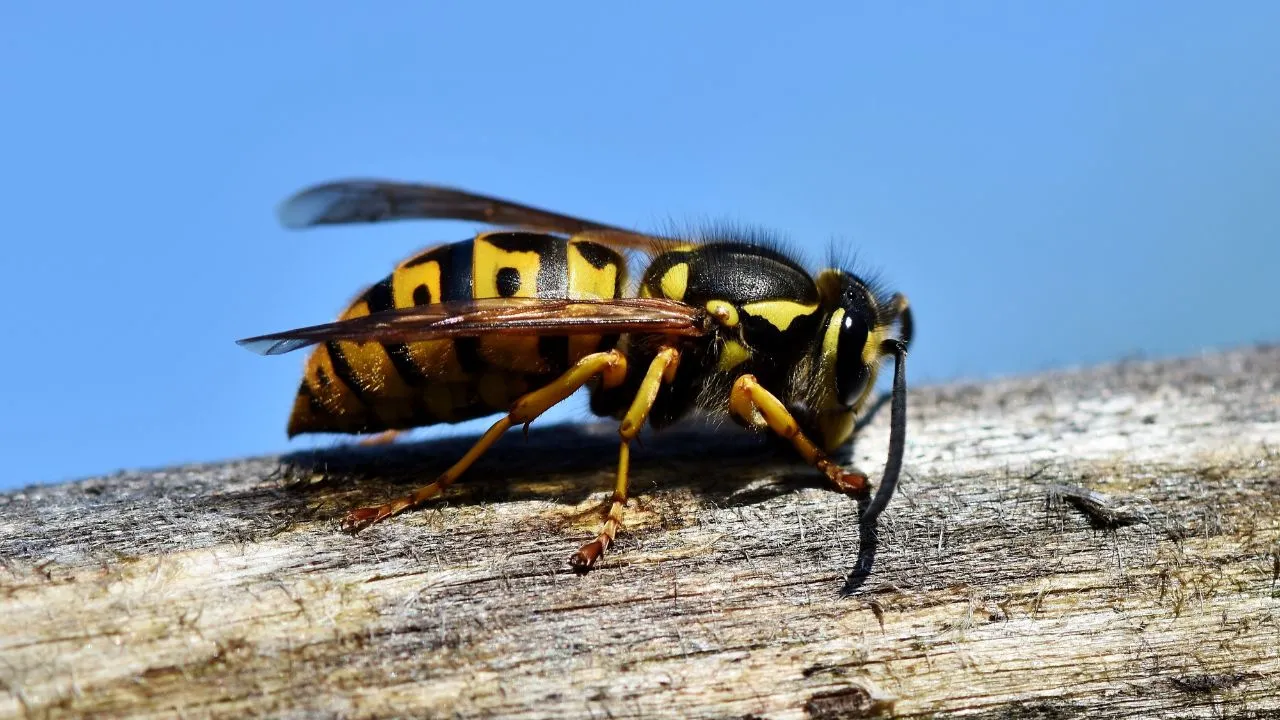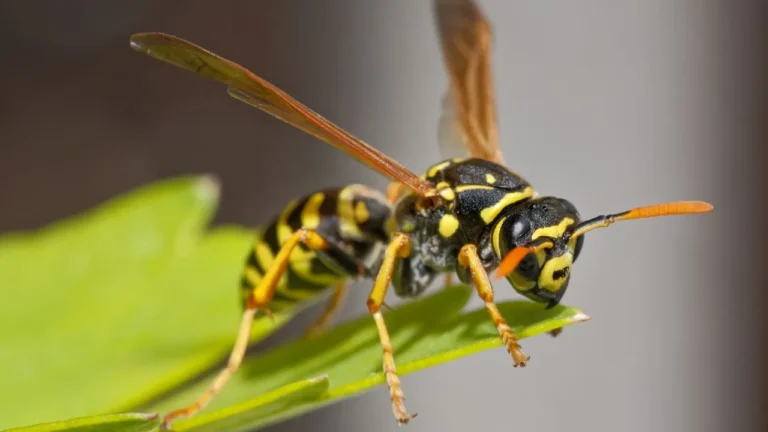When Are Wasps Most Active? Understanding Their Seasonal Behaviors
If you have ever enjoyed a sunny day outdoors only to find yourself swatting away wasps, you’re not alone. These stinging insects tend to show up when we least expect them. Their activity can vary depending on the time of year. But if you are thinking about “when are wasps most active?” Don’t worry, we will tell you about their active period and behaviors in this blog.
Understanding their seasonal behaviors can help you stay safe and better prepare for wasp encounters.
Key Takeaways
“When are wasps most active?” Here is what we have discussed in this article.
Understanding When are wasps most active and Seasonal Activity
Wasps, particularly those found in the United States. I have a life cycle that drives their patterns of activity throughout the year. The wasp life cycle consists of four main stages: egg, larva, pupa, and adult.
This cycle influences when and why wasps are most active. Knowing a bit about their life cycle of wasps and seasonal behaviors. It can help you anticipate and avoid wasp encounters at their peak.
Spring: Building and Expansion
In early spring, queen wasps emerge from winter hibernation to establish new colonies. These queens are the only members of their previous colony that survive the winter. As most worker wasps do not live through the colder months.
During this season, the queen’s primary focus is building a nest, laying eggs, and starting the next generation. The colony begins small, and activity levels are relatively low. But this is the beginning of a season-long rise in wasp numbers and activity.
Summer: Peak Nest Building and Colony Growth
By mid to late summer, wasps are most active in terms of nest building and colony expansion. Worker wasps are abundant, and their role is to gather food to feed the larvae and defend the nest. Wasps are likely to be seen foraging for food around your home. Especially sweets and proteins, which they use to nourish the growing larvae.
In late summer, activity reaches its peak as colonies mature. During this time, you may notice increased wasp presence at outdoor gatherings, barbecues, and near garbage bins.
Late Summer to Early Fall: Heightened Aggression
Wasps are most active in late summer and early fall. At this stage, the wasp colony is at its largest. And worker wasps no longer need to collect food for growing larvae as frequently. This is when you’ll see them foraging more aggressively for sugary foods and drinks.
In fact, their activity becomes more noticeable and, often, more confrontational as they search for easy sources of energy. This is typically when wasps start to become a nuisance and can even pose a safety risk. This is due to increased aggression and frequent encounters with humans.
Late Fall: Decline in Activity
By late fall, the wasp colony begins to die off as temperatures drop and food sources become scarce. Only the fertilized queens survive, finding a place to hibernate until the next spring. The remaining worker wasps and males gradually die out, reducing their numbers and the likelihood of encounters. Activity dwindles, making outdoor spaces safer once again.
If you ever search for “What time do wasps go away?” I want to tell you this is the time when wasps go away and hibernate.
Why Are Wasps So Aggressive in Late Summer?
Wasps are most active and aggressive in late summer because the dynamics of the colony change as the season progresses. In early summer, their energy goes toward feeding the larvae and sustaining colony growth.
However, as summer ends, the larvae become adults, and the workers no longer have a role in feeding the young. This shift creates a change in the workers’ behavior, and they begin to seek out high-energy food sources for themselves. Often sugary foods and drinks found in human spaces.
This increase in wasp activity and aggression in late summer can be attributed to several factors:
Lack of Purpose
Without young to care for, worker wasps no longer have specific duties. This makes them more likely to seek out food aggressively.
Food Scarcity
As summer wanes, natural food sources like nectar and small insects diminish, prompting wasps to look elsewhere for sustenance.
Higher Competition
With larger colonies and fewer resources, wasps are more likely to compete with one another. They become more aggressive in their search for food.
How to Safely Manage Wasp Activity During Peak Seasons
Understanding when wasps are most active can help you take preventive measures to reduce the chances of encounters. Here are some effective strategies:
Keep Food and Drinks Covered
Wasps are attracted to sweet and protein-rich foods. When eating outdoors, keep foods and drinks covered and clean up immediately after finishing.
Secure Trash Bins
Garbage bins can attract wasps, especially if they contain food waste. Make sure lids are securely closed, and consider relocating bins farther from frequently used areas like patios and doorways.
Seal Cracks and Holes
Wasps can use tiny cracks and gaps in buildings to build nests. Regularly check your home for any openings that could become potential nesting sites.
Use Natural Deterrents
Wasps dislike certain scents, such as peppermint and citronella. Using sprays or candles with these scents around your outdoor spaces can help keep them at bay.
Consider Professional Help
If you have a wasp nest near your home, hire a professional pest control operator. It’s best to handle the nest removal safely.
Conclusion
Knowing when are wasps most active can make outdoor activities more enjoyable and safer. Wasps are generally most active from mid-summer to early fall, especially as their colonies reach peak size. Wasp behavior, driven by the life cycle of the colony, peaks with heightened aggression and foraging activity in late summer. This is when they pose the greatest nuisance and risk.
By understanding these patterns and taking preventive measures. You can minimize encounters with these stinging insects and better enjoy your time outdoors.




